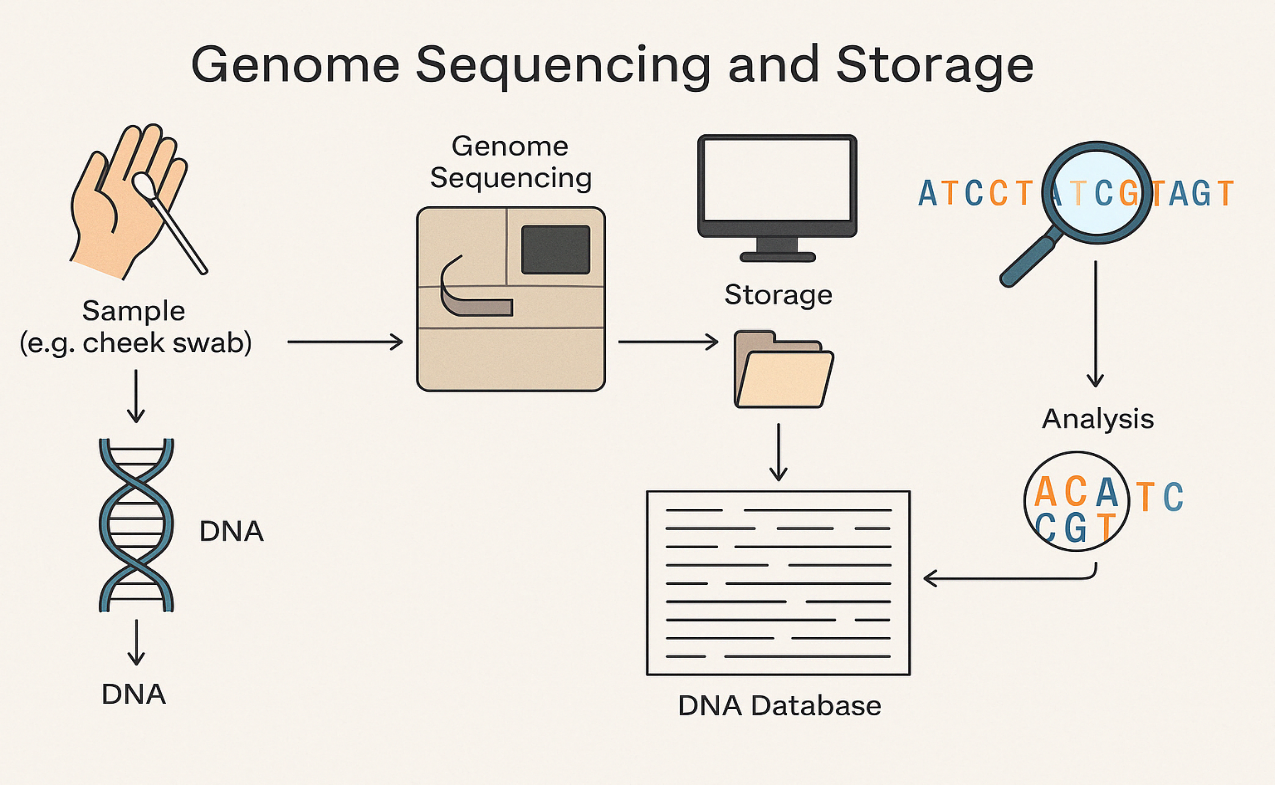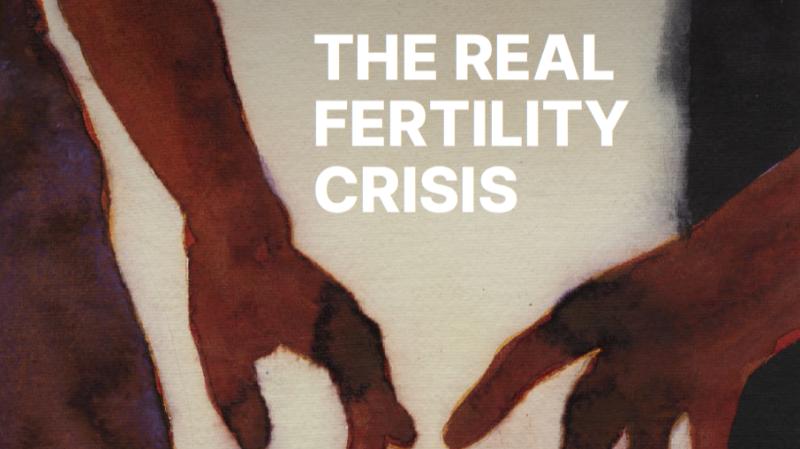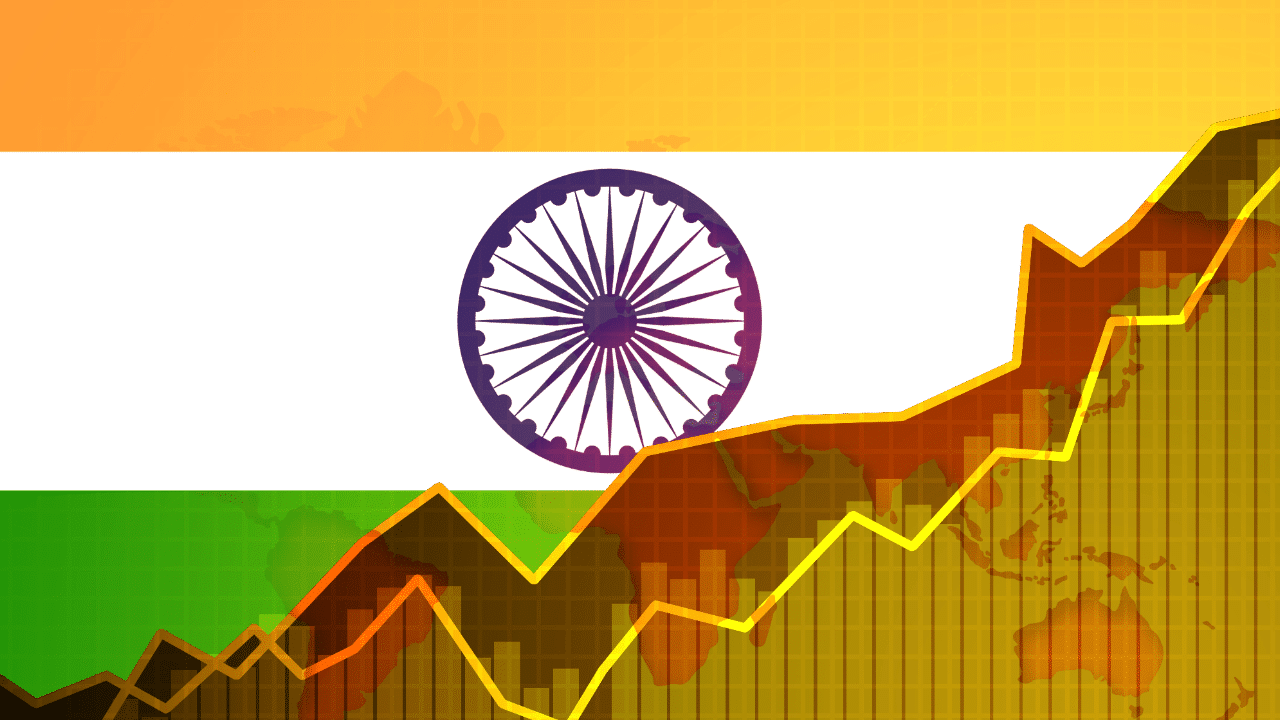- Courses
- GS Full Course 1 Year
- GS Full Course 2 Year
- GS Full Course 3 Year
- GS Full Course Till Selection
- MEP (Mains Enrichment Programme) Data, Facts
- Essay Target – 150+ Marks
- Online Program
- GS Recorded Course
- NCERT- First Ladder
- Polity
- Geography
- Economy
- Ancient, Medieval and Art & Culture AMAC
- Modern India, Post Independence & World History
- Environment
- Governance
- Science & Technology
- International Relations and Internal Security
- Disaster Management
- Ethics
- Current Affairs
- Indian Society and Social Issue
- CSAT
- 5 LAYERED ARJUNA Mentorship
- Public Administration Optional
- ABOUT US
- OUR TOPPERS
- TEST SERIES
- FREE STUDY MATERIAL
- VIDEOS
- CONTACT US
Genome India Project 2025
Genome India Project 2025

- The first phase of the Genome India Project has been successfully completed, where over 10,000 Indian genomes have been sequenced.
- This marks a significant step in building India's own genetic database, essential for personalized medicine, disease prediction, and cutting-edge biomedical research.
- The project is inspired by the Human Genome Project (2003), a global initiative that sequenced the entire human DNA for the first time.
History and Background
Human Genome Project
- The Human Genome Project (HGP) was a global scientific research initiative aimed at mapping and understanding all the genes in the human species collectively known as the human genome.
- It Started 1990 and completed in 2003 (It took 13 years to finish the complete sequence).
- It was international effort led primarily by United States Government and Coordinated by the U.S. Department of Energy (DOE) and the National Institutes of Health (NIH)
- Key figure: Dr. Francis Collins, head of the NIH's National Human Genome Research Institute
- It became international collaboration after Scientists from many countries contributed: United Kingdom, Japan, France, Germany, China, Canada.
- It cost Approx. $2.7 billion USD (funded by governments and public organizations)
- The project had several key goals:
|
Goal |
Description |
|
Sequence the entire human genome |
Identify all 3.2 billion DNA base pairs (A, T, C, G) |
|
Identify all human genes |
Estimated 20,000–25,000 genes |
|
Create genetic maps |
Understand where genes are located |
|
Improve tools for data analysis |
Develop bioinformatics tools |
|
Apply data to health and disease |
Use it to study genetic disorders, develop new treatments |
Key Achievements of the HGP
- Sequenced the complete human DNA, over 99.99% accurate.
- Discovered thousands of disease-related genes
- Opened the door to personalized medicine (treatment based on your genes)
- Boosted bioinformatics and data science
- Helped understand evolution and ancestry
- Enabled genetic testing for many diseases like cystic fibrosis, Huntington's, etc.
HGP impact in today’s world-
- 1000 Genomes Project – to study genetic variations in different populations
- Personal Genome Projects – sequencing individuals’ genomes for health
- Genome India Project – India’s own effort to map diverse Indian genomes
- Precision Medicine Initiative (USA) – applying genomics to everyday healthcare
- Every modern genetics breakthrough — from COVID-19 vaccine development to cancer treatment — builds on the foundation laid by the Human Genome Project.
- It marked the beginning of a new era in biology and medicine.
Genome India Project-.
- The Genome India Project is a scientific initiative to map the genetic diversity of Indian citizens.
- The goal is to sequence the whole genome of at least 10,000 individuals from across the country, representing diverse ethnicities, regions, and populations.
- It’s like creating a genetic map or database of Indian people to better understand health, diseases, and genetic traits that are specific to the Indian population.
- India’s Need: The HGP mainly included Western populations and did not reflect the unique genetic diversity of Indian people.
- Launch of Genome India Project-
- Launched in 2020 by the Department of Biotechnology (DBT), under the Ministry of Science and Technology, Government of India.
- The project is led by the Indian Institute of Science (IISc), Bengaluru, in collaboration with more than 20 institutions across India. Key partners include: CSIR (Council of Scientific and Industrial Research), AIIMS (All India Institute of Medical Sciences), National Centre for Biological Sciences (NCBS), IITs and other research universities.
Goals of the Genome India Project
- Understand Genetic Diversity in India:
- India is one of the most genetically diverse countries in the world.
- Different communities have different genetic traits due to geography, culture, and history.
- Predict and Prevent Diseases:
- Identify genetic risks for diseases like cancer, diabetes, heart disease, neurological disorders etc.
- Enable early diagnosis and preventive healthcare.
- Enable Personalized Medicine:
- Medicines and treatment can be customized based on one’s genetic makeup.
- This is called precision medicine.
- Drug Development and Research:
- Indian-specific data can help develop drugs that work better for Indian genes.
- Pharma companies can use this to develop targeted therapies.
- Help in Rare Disease Research:
- Genome sequencing can detect rare mutations and help children born with rare genetic disorders.
- Forensic Applications and Ancestry Studies:
- It can be used for criminal investigations and genealogy (study of ancestors).
- Boost Indian Bio economy:
- Genomic data can drive innovation in biotech, healthcare, and agriculture.
What Has Been Achieved So Far?
- Phase 1 Completed:
- Sequencing of 10,000 Indian genomes completed from 80 population group.
- This data is now being analyzed and stored securely.
- It will soon be used for research and health innovations.
- Creation of a Reference Genome for India:
- A Pan-Indian reference genome is being developed based on collected samples.
Science Behind It: How Does Genome Sequencing Work?
- A genome is the complete set of DNA (deoxyribonucleic acid) in a person. It includes all the genes that define physical traits (like eye color), health conditions (like diabetes risk), and even how someone reacts to certain medicines.
- Genome Sequencing- Genome sequencing is like reading a person’s entire DNA book letter by letter. DNA is made up of four building blocks:
- A = Adenine
- T = Thymine
- C = Cytosine
- G = Guanine
These bases pair like: A-T and C-G.
Whole process of Genome mapping majorly constitutes of 3 major steps- DNA extraction, Genome sequencing, and Storage (Database collection)-
- Step-by-Step Process of DNA Extraction:
|
Step |
What Happens |
|
1. Sample Collection |
Blood, saliva, skin, or tissue is collected. (Cheek swab is common) |
|
2. Cell Lysis |
Cells are broken open using a chemical solution to release DNA. |
|
3. Removing Other Stuff |
Proteins, fats, and other cell parts are removed using enzymes and alcohol. |
|
4. DNA Separation |
The DNA is separated and made visible as a thread-like structure or in solution. |
|
5. DNA Purification |
The DNA is cleaned and ready for sequencing or storage. |
- Genome Sequencing:
Genome Sequencing = Reading the DNA letters in order.
There are several ways to do this:
Popular Methods:
A. Sanger Sequencing (Old but accurate)
- Reads DNA letter by letter.
- Slow and best for small pieces.
B. Next Generation Sequencing (NGS) (Modern, fast, powerful)
- Cuts DNA into millions of small parts.
- Reads all parts simultaneously.
- Then a computer puts all pieces together like a giant puzzle.
- Genome Stored in a Database:
Once sequencing is done, you get a file full of letters (A, T, C, G). This is called a genomic dataset.
Storage Process:
|
Step |
Description |
|
Raw Data |
DNA letters are stored in text files (like FASTA, FASTQ) |
|
Annotation |
Scientists mark important regions (genes, mutations, etc.) |
|
Database Creation |
This data is uploaded to databases for research |
Popular Genomic Databases:
- GenBank (USA - NIH)
- Ensembl (UK - EMBL-EBI)
- UCSC Genome Browse
- GenomeIndia Database (for Indian genomes)
Challenges in the Genome India Project
1. Privacy and Data Security:
- Genetic data is extremely personal and sensitive.
- Ensuring data protection and preventing misuse is crucial.
2. Ethical Concerns:
- Informed consent must be taken.
- Issues of discrimination based on genetic traits must be avoided.
3. Cost and Funding:
- Sequencing is expensive (although costs are falling).
- Need for continued government investment and private sector involvement.
4. Representation and Inclusion:
- India has over 4,000 communities – ensuring genetic representation of all is a challenge.
5. Technical Expertise:
- Need for more trained professionals in genomics, bioinformatics, and data science.
6. Public Awareness:
- People must be educated about the benefits of genetic testing and sequencing.
The Future of Genomics in India
- National Genomic Grid- Proposed to connect labs and hospitals across India for real-time data sharing.
- Health Revolution- Precision medicine and preventive healthcare will become more common.
- Employment- Huge demand for bioinformaticians, genetic counselors, molecular biologists.
- Global Leadership- India can emerge as a global leader in genomics with its vast data and scientific talent.
|
Also Read |
|
UPSC Foundation Course |
|
| UPSC Monthly Magazine | CSAT Foundation Course |





